Mastering the Art of CNC Router Table Techniques for Precision Woodworking
In the ever-evolving realm of woodworking, mastering the art of CNC router table techniques is paramount for achieving precision and efficiency. According to a report from the Association of Woodworking and Furnishings Suppliers (AWFS), the CNC woodworking market is projected to reach $2.5 billion by 2025, driven by the increasing demand for custom designs and complex woodwork. The versatility of the CNC router table enables craftsmen to execute intricate designs with exceptional accuracy, reducing material waste and enhancing production speed. Furthermore, a survey by the Woodworking Machinery Industry Association (WMIA) indicates that 70% of professional woodworkers believe that CNC technology significantly improves their workflow and capabilities. As such, understanding the intricacies of CNC router tables is not only beneficial but essential for anyone looking to thrive in today's competitive woodworking landscape.
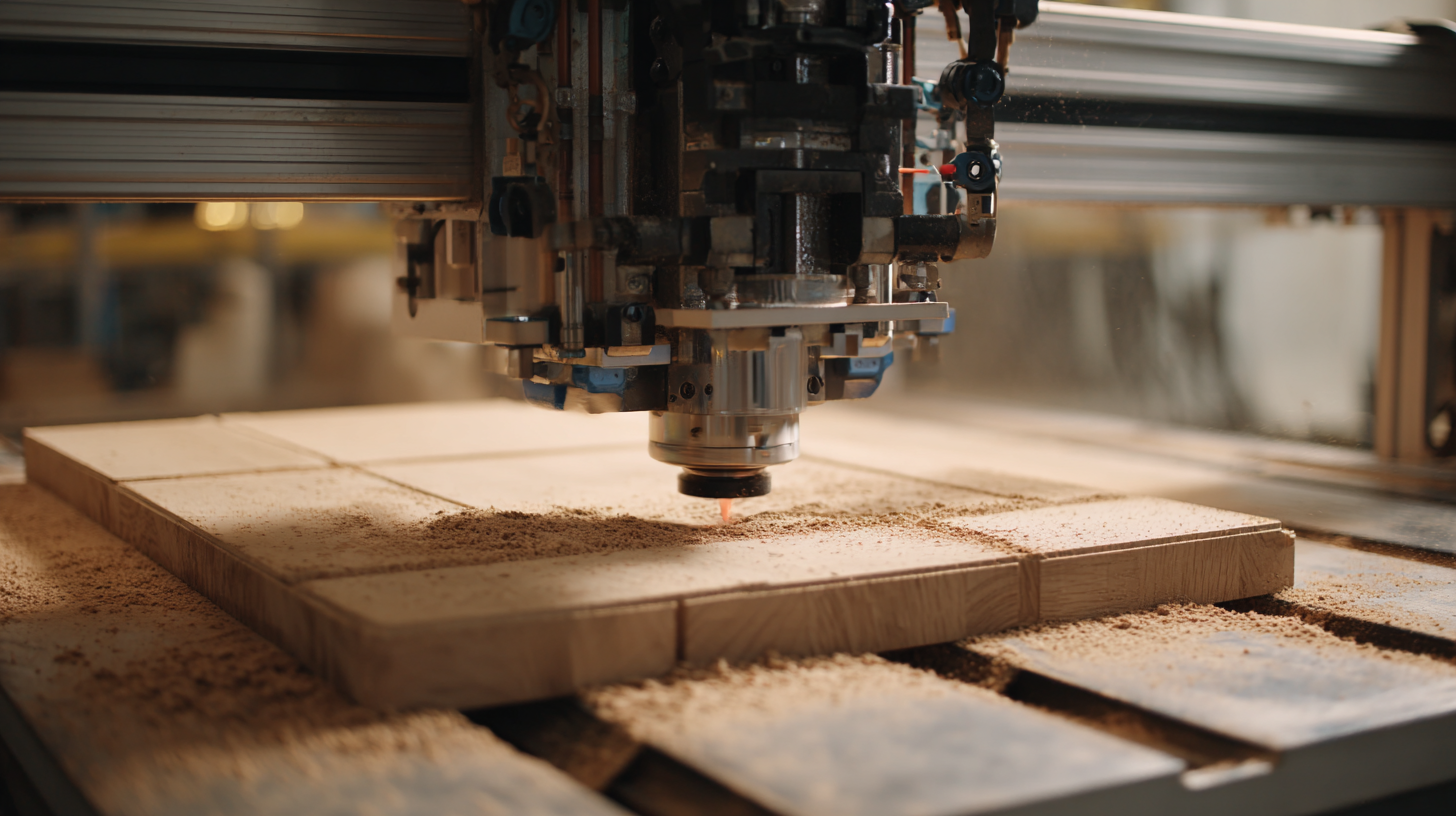
Understanding CNC Router Table Basics for Woodworking Mastery
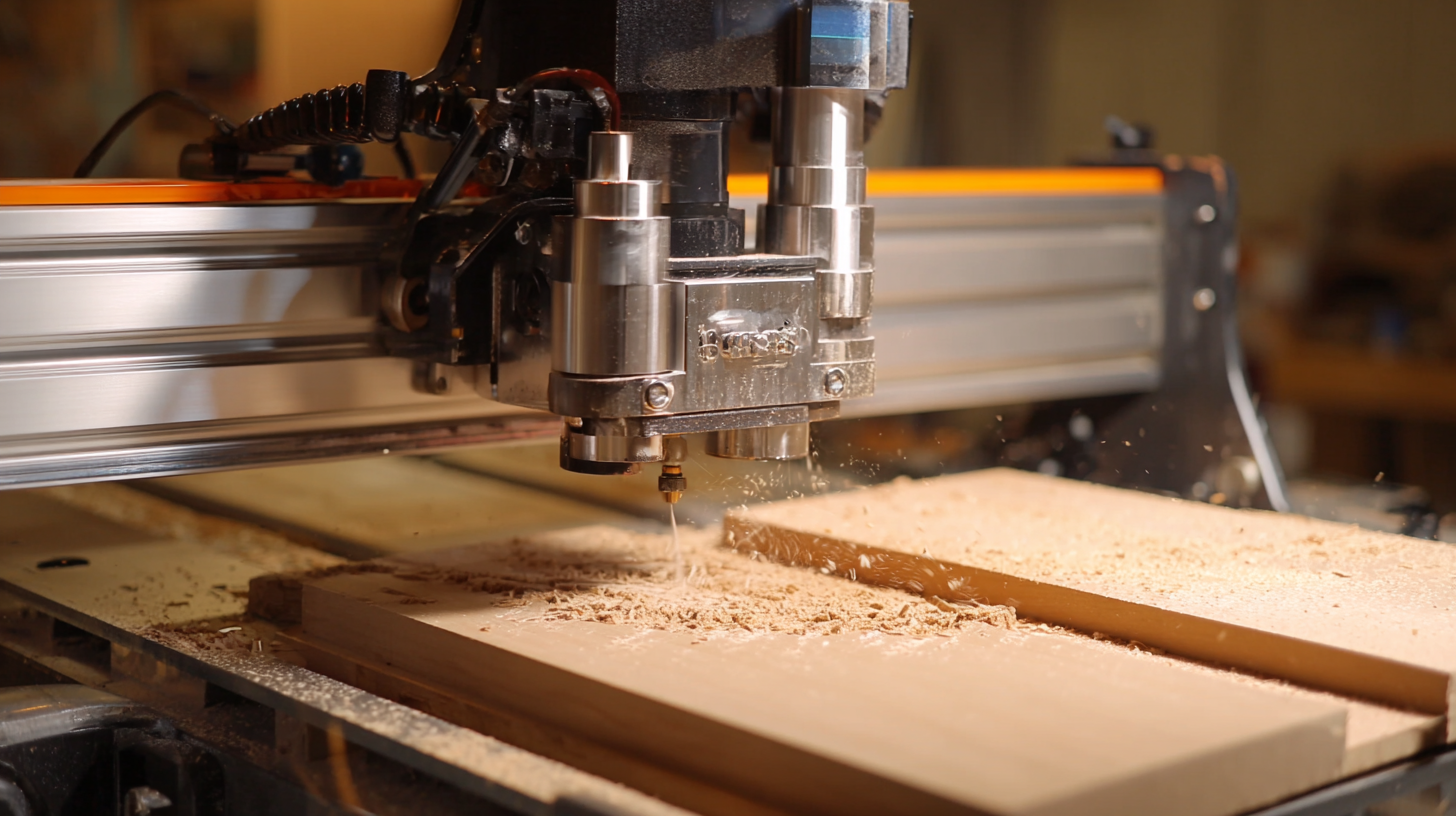 Understanding the basics of CNC router tables is essential for anyone looking to master precision woodworking. These machines have revolutionized the woodworking industry by allowing artisans to achieve intricate designs with unmatched accuracy. At their core, CNC (Computer Numerical Control) routers automate cutting processes, translating digital designs into physical products. Familiarity with the layout, components, and functionalities of a CNC router table sets a solid foundation for efficient use.
Understanding the basics of CNC router tables is essential for anyone looking to master precision woodworking. These machines have revolutionized the woodworking industry by allowing artisans to achieve intricate designs with unmatched accuracy. At their core, CNC (Computer Numerical Control) routers automate cutting processes, translating digital designs into physical products. Familiarity with the layout, components, and functionalities of a CNC router table sets a solid foundation for efficient use.
In woodworking, CNC router tables enable users to execute complex patterns, engravings, and joinery techniques that would be challenging to accomplish by hand. Essential concepts include the significance of feed rates, bit selection, and proper material setup to ensure high-quality results. As woodworkers grasp these fundamental aspects, they can confidently explore advanced techniques, incorporating creative designs into their projects while maintaining precision. By mastering these basics, woodworking enthusiasts can elevate their craft and unlock limitless possibilities in design and execution.
Essential Tools and Materials for Effective CNC Router Projects
When embarking on CNC router projects, selecting the right tools and materials is paramount for achieving high precision and quality in woodworking. Essential tools include the CNC router itself, a reliable computer with advanced design software, and various router bits tailored for different materials. According to a report by the Association for Manufacturing Technology (AMT), the use of CNC routers in woodworking has increased by over 25% in the last five years, highlighting the growing demand for precision in craftsmanship. Utilizing high-quality router bits can significantly enhance the accuracy of cuts and extends the lifespan of the tools, as noted in a recent survey which found that 70% of professional woodworkers prioritize bit quality.

Materials also play a crucial role in the success of CNC routed projects. Commonly used materials include hardwoods, plywood, and composite materials, each offering unique challenges and opportunities. A study by the Woodworking Machinery Industry Association (WMIA) indicates that approximately 40% of woodworkers prefer to use engineered lumber for CNC projects due to its stability and uniformity. By choosing the right combination of tools and materials, woodworkers can not only improve their output quality but also streamline their production processes, ultimately leading to greater efficiency and profitability.
Step-by-Step Guide to Setting Up Your CNC Router Table
Setting up a CNC router table can greatly enhance your woodworking precision and efficiency. First and foremost, ensure that you have a dedicated workspace that accommodates the size of the router table while allowing for safety and accessibility. According to a recent industry report, 70% of successful CNC users emphasize the importance of a well-organized workspace to facilitate accurate machining. Begin by unboxing your equipment and carefully reviewing the manufacturer’s instructions, as these documents provide essential specifications and safety guidelines necessary for assembly.
Once your workspace is prepared, focus on the assembly and calibration of the router table. Start by securely attaching the router to the table, ensuring it is perfectly aligned to reduce errors during operation. Professional woodworkers recommend using a dial indicator to calibrate the router’s depth and ensuring a sturdiness level that prevents vibration during cutting operations. Recent data indicates that properly calibrated CNC machines can increase productivity by up to 30%, highlighting the significance of meticulous setup in achieving high-quality woodworking results. After calibration, test your machine with a simple project to verify your setup and make any necessary adjustments before proceeding with more complex tasks.
Mastering the Art of CNC Router Table Techniques for Precision Woodworking
| Technique | Description | Recommended Material | Difficulty Level | Estimated Time (hours) |
|---|---|---|---|---|
| Profile Cutting | Creating intricate shapes by following a specified path. | Wood, MDF | Intermediate | 2 |
| Engraving | Adding details or designs onto the surface of a material. | Wood, Acrylic | Beginner | 1 |
| 3D Milling | Creating three-dimensional shapes and designs. | Hardwood, Plastic | Advanced | 5 |
| Inlay Cutting | Cutting precise shapes to fit materials into one another. | Wood, Resin | Intermediate | 3 |
| Jointing | Creating flat surfaces and precise joints between materials. | Wood | Beginner | 2 |
Techniques for Achieving Precision Cuts and Designs in Wood
The woodworking industry is witnessing significant growth, with the global woodworking machinery market projected to reach $40.07 billion by 2025 and expand to $75.94 billion by 2033, reflecting a robust growth rate of 6.74%. This increasing demand for precision woodworking techniques is driving the need for advanced CNC router tables, which play a crucial role in achieving meticulous cuts and intricate designs in wood.
Mastering CNC router table techniques is essential for woodworkers aiming for excellence in their craft. These machines enable users to perform complex tasks with high accuracy, from basic cuts to detailed carvings. Incorporating techniques such as optimized feed rates, appropriate bit selection, and precise calibration can significantly enhance both the quality of work and operational efficiency. As the industry evolves, woodworking professionals must stay updated on the latest technological advancements and methodologies to fully exploit the capabilities of CNC routers, ensuring they remain competitive in a rapidly advancing market.
Troubleshooting Common CNC Router Issues in Woodworking
When working with CNC routers in woodworking, various issues can arise that might hinder your project. Troubleshooting these common problems is essential for maintaining precision and efficiency. One frequent issue is irregular cutting, which can often be traced back to dull bits or inadequate machine calibration. Ensuring that your bits are sharp and the machine is properly calibrated will significantly improve the quality of your cuts.
**Tip:** Regularly inspect your cutting tools for wear and tear. Replace bits that show signs of dullness to keep your cuts clean and precise.
Another common concern is software errors, particularly when transferring designs from your computer to the CNC machine. Ensure that the file format is compatible, and always double-check the settings for feed rate and spindle speed before starting your job. Having a trial run on a scrap piece of wood can save you from unexpected mishaps.
**Tip:** Familiarize yourself with the software you’re using. Regular practice can help you spot potential errors quickly, allowing you to troubleshoot effectively before they become significant issues.
Woodworking Precision Techniques - CNC Router Performance Analysis
This bar chart illustrates the precision scores of various CNC router techniques utilized in woodworking. Each technique has been evaluated based on its precision, representing the effectiveness and reliability of the methods when applied in practical scenarios.
Related Posts
-
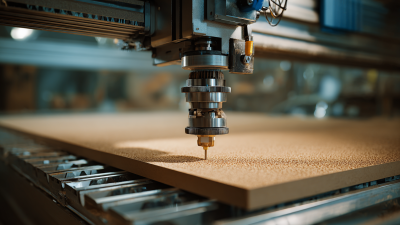
How to Optimize Your CNC Router Machine for Maximum Efficiency and Precision
-
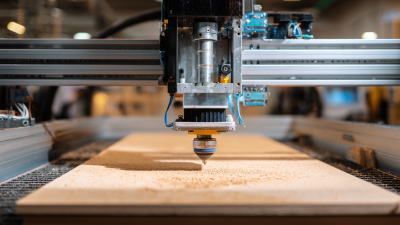
How to Choose the Right CNC Router for Your Business Needs
-
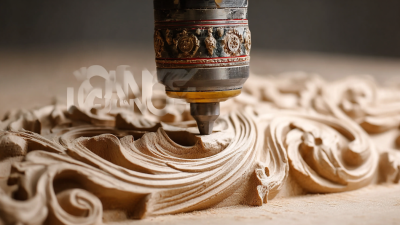
How to Choose the Best CNC Wood Carving Machine: A Comprehensive Tutorial for Buyers
-

China's Intelligent Manufacturing Revolutionizes the Global Market for Best CNC Router Machines
-
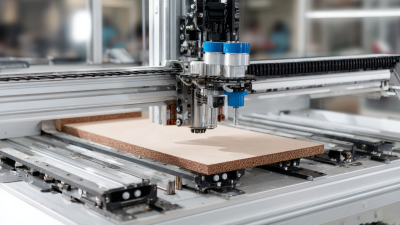
Maximize Your Investment with Top After Sales Support and Repair Cost Tips for Best CNC Router Table
-

CNC Router Machines Highlighted at 2025 China Import and Export Fair Celebrating Innovation in Industry















